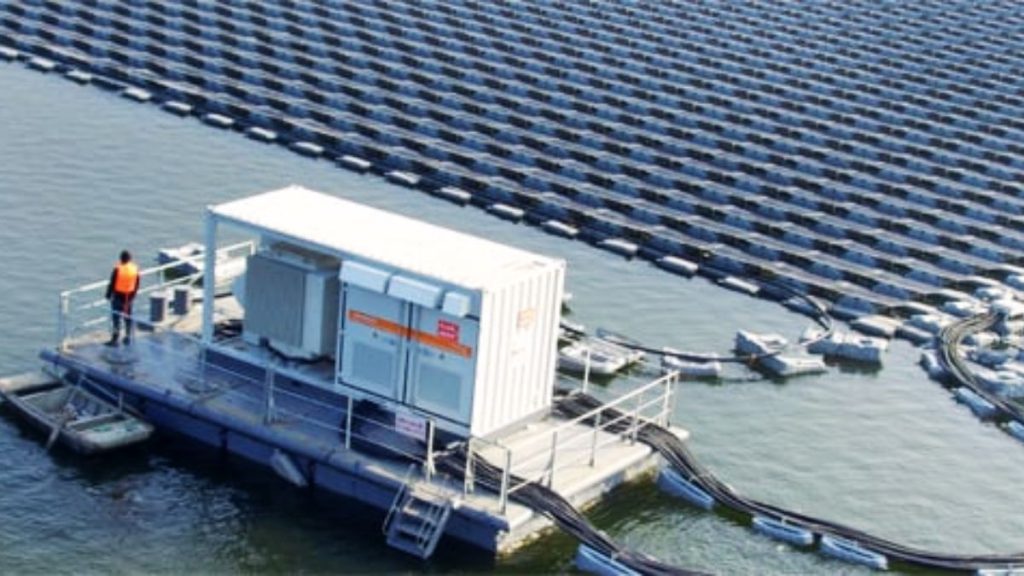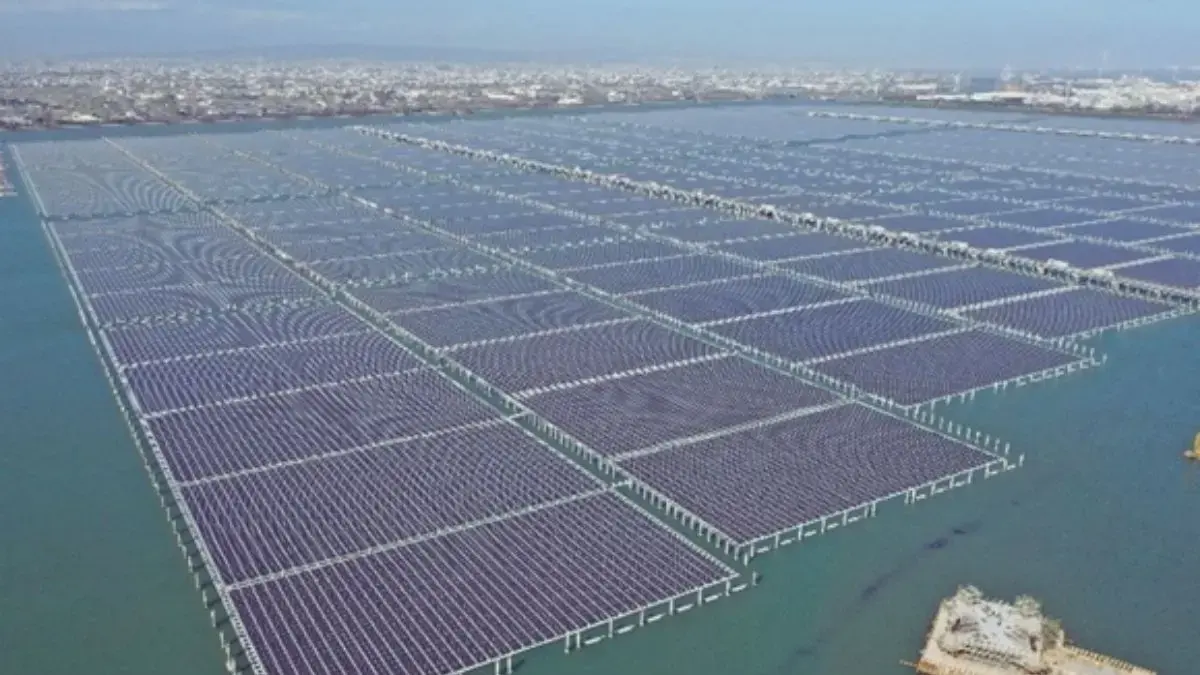The largest floating solar farm in the world, developed by Hexa Renewables, is now operational off the coast of Taiwan. It covers an area of 347 acres, equivalent to over 520 football fields, and has a production capacity of 440 MW, which supplies power to 74,000 households. With a reduction of 136,000 tons of CO2 emissions per year, this farm illustrates the significant progress of solar energy within renewable energy sources.
The essence of the information
- The largest floating solar farm in the world, 347 acres, is located off the coast of Taiwan.
- Capacity of 440 MW, providing energy to 74,000 households and reducing 136,000 tons of CO2 per year.
- Advancements in solar energy enable the use of flexible and organic panels.
- The global solar potential could reach 23,000 terawatts, transforming the energy market.
The largest floating solar farm in the world
The largest floating solar farm in the world is now operational, marking a significant turn in the production of renewable energy. Located off the coast of Taiwan, this ambitious project covers an impressive area of 347 acres, which equals more than 520 football fields. Its production capacity is 440 MW, supplying power to approximately 74,000 households.
Positive environmental impact
In addition to its production capacity, this solar farm contributes to the reduction of CO2 emissions, preventing the release of 136,000 tons of carbon dioxide per year. This figure illustrates the increasing importance of renewable energy sources in the fight against climate change and the transition to a more sustainable future.

Advanced technology and challenges
Developed by Hexa Renewables, this farm utilizes advanced solar energy technologies that continue to evolve to become increasingly competitive. The floating solar panels convert sunlight into electricity, although usage at sea brings challenges, including the impact of salty air on their lifespan and effectiveness.
Development of solar energy technologies
First-generation systems, based on silicon, are robust but lack flexibility, while second-generation panels offer more flexibility but have reduced durability. In this context, third-generation organic cells are beginning to emerge, providing lightweight and inexpensive solutions that could transform the global energy landscape.
Airbus’s Project to Bring Hydrogen Planes to Market Will Become a Reality
Harnessing solar potential
The potential for solar energy is immense and could reach 23,000 terawatts globally. Projects like the one in Taiwan could become a reality in the future, including initiatives from the ESA to send panels into space to capture sunlight that is considered eternal.
Record cable connections
In the long term, ambitious projects such as a record cable of 4200 km are being considered to connect solar farms in Australia with energy-intensive cities, illustrating how solar energy is revolutionizing the energy market and appearing in various contexts, both land- and water-related.

